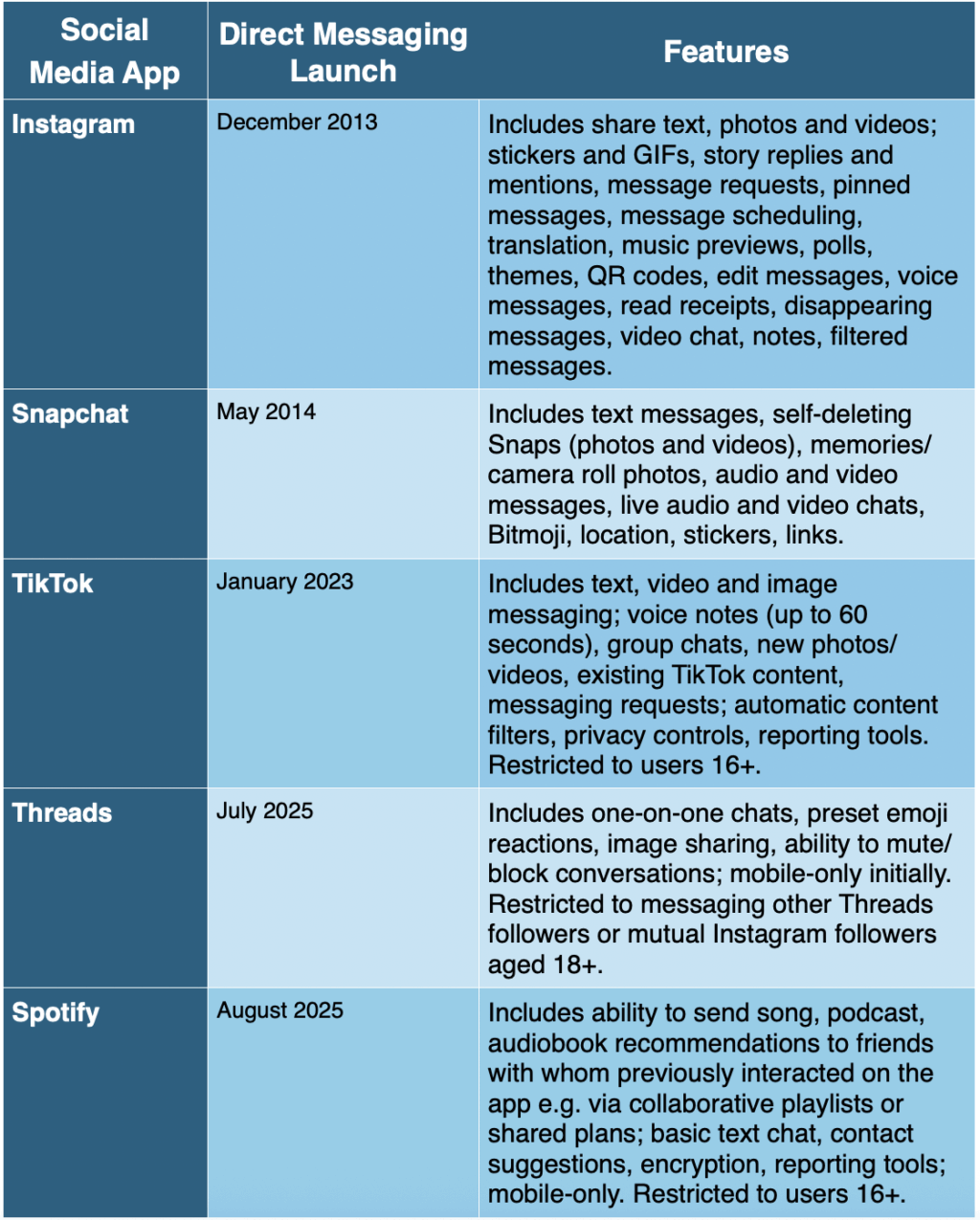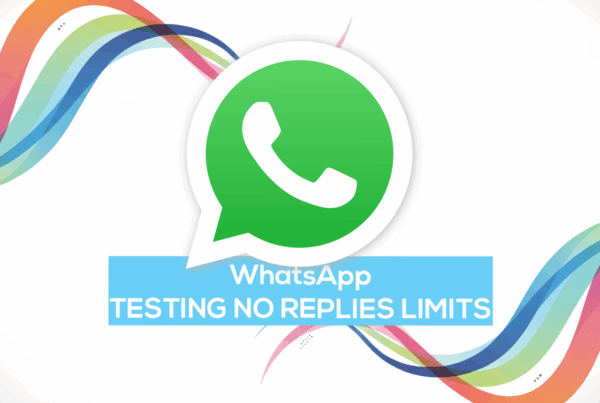Direct messaging is transforming how people use social media. Once designed for public sharing, these platforms are now seeing growing preference for private conversations with friends and family. MEF’s latest survey highlights this shift, with Instagram and WhatsApp leading globally. MEF Principal Analyst for Business Messaging Pamela Clark-Dickson explores what this trend means for consumers, platforms, and brands.
Social media apps are positioned as platforms that enable users to publicly share content with a wide audience, but increasingly, consumers are instead using them to share content and communicate with friends and family privately via direct messaging.

The shift towards communicating and sharing via DM is because consumers are more selective about what they share publicly on social media – and with good reason, given the virality of the medium.
The shift towards communicating and sharing via DM is because consumers are more selective about what they share publicly on social media – and with good reason, given the virality of the medium.”
MEF’s Annual Consumer Survey data supports the increased use of social apps for communicating: For example, the global average of respondents using Instagram to communicate with friends and family has risen to 48% in 2025, up from 34% in 2021. In Asia Pacific and the Americas, the averages for Instagram for 2025 are even higher, at 55% and 53%, respectively. Indeed, Instagram is second only to WhatsApp, at 67% globally, in terms of the channels by which consumers communicate via mobile with their friends and family.
Consumers have been able to use direct messaging within Instagram and Snapchat for over a decade, with both apps now offering a comprehensive set of DM features (see table), which allow users to consume content on their platforms, privately share it with friends and family, and have a conversation about it. More than that, these apps recognise that their direct messaging capabilities need to be rich and engaging – like the DM-based communications and sharing features offered by messaging apps.
Direct Messaging on Social Media Apps

TikTok, Threads and Spotify have also added direct messaging, signalling they realise the value in providing a capability that keeps their users ‘sticky’, i.e. consuming content on their platform, and then sharing that content and communicating about it privately with others, within the app itself. These three apps are also seemingly much more cognisant about protecting their users, each of them stipulating age restrictions on direct messaging. In addition, Spotify has stated it will use ‘proactive detection technology’ to scan messages for unlawful and harmful content; it will also use moderators to review reported content.
Brands have long regarded social media apps as important tools for engaging with their followers/customers. However, these interactions are primarily limited to marketing and advertising (Instagram also enables commerce). That a high proportion of consumers are using direct messaging within social media apps raises the interesting possibility that brands could do more with their social media than market to their customers.
If the social apps extend direct messaging capabilities to brands, brands could use it for customer care, notifications, or transaction updates. This could open up new business messaging channels and potentially revenue, depending on the business model.





